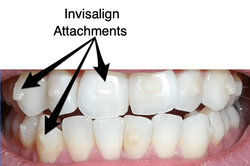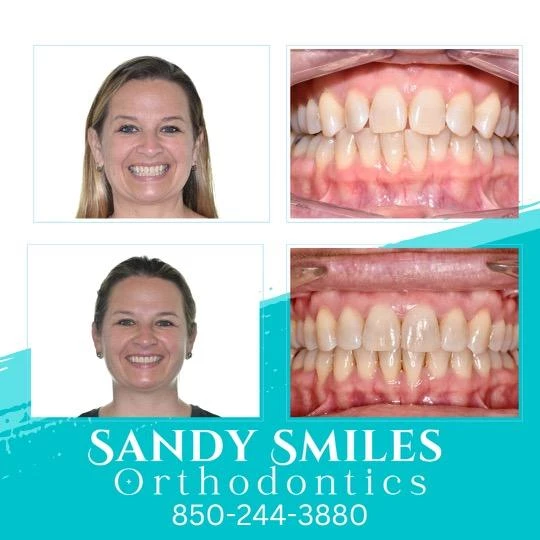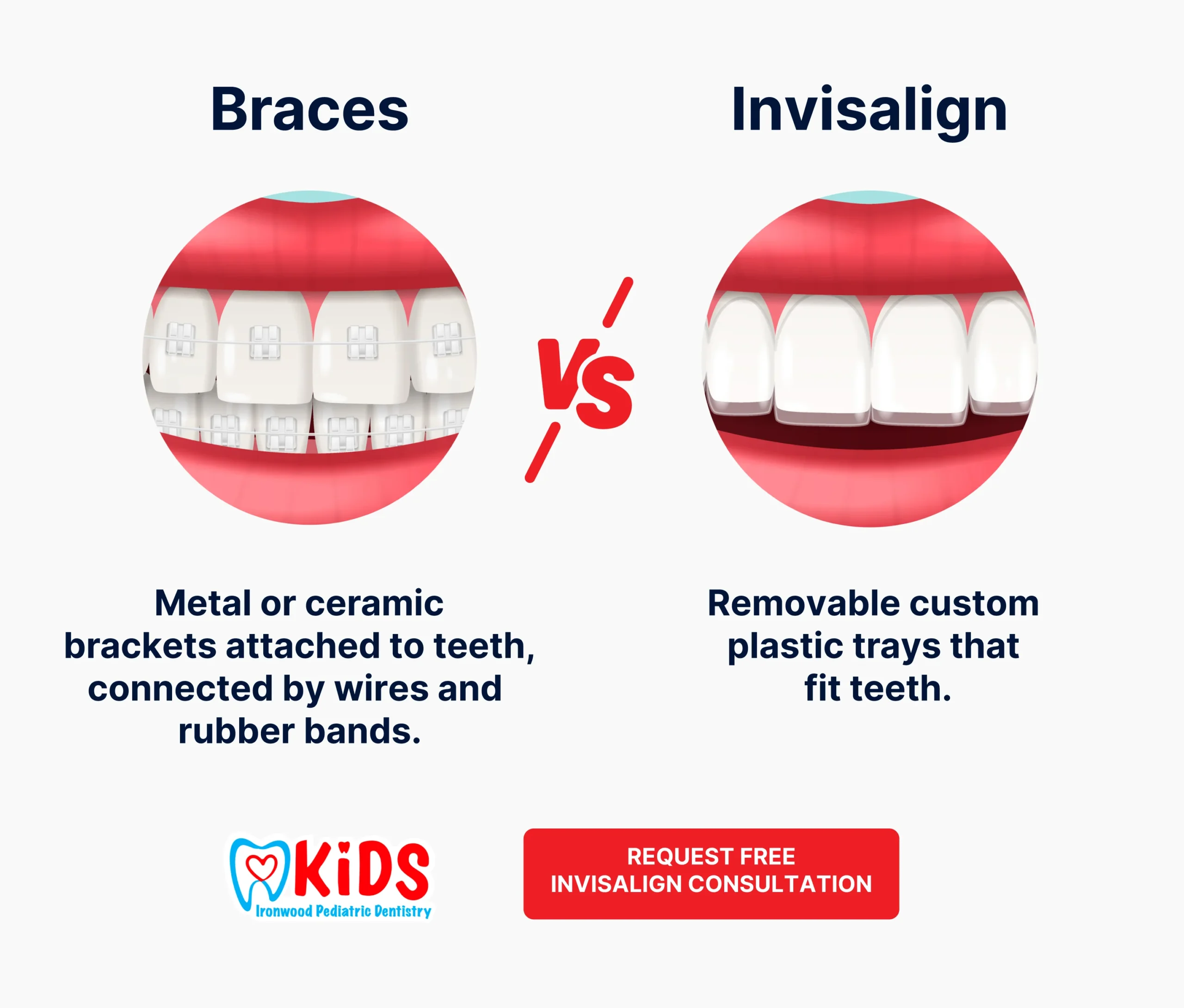The Ultimate Contrast: Invisalign vs. Traditional Dental braces for Adults
The Ultimate Contrast: Invisalign vs. Traditional Dental braces for Adults
Blog Article
Invisalign vs. Traditional Braces: Which Alternative Is Right for You?
When thinking about orthodontic therapy, the option in between Invisalign and traditional braces provides numerous important elements that merit mindful evaluation. Invisalign provides a discreet choice with detachable aligners, while traditional braces supply an extra noticeable yet reliable solution for serious misalignment. Each choice incorporates distinct benefits and drawbacks connected to looks, comfort, treatment period, and expense. Comprehending these subtleties is critical for making an educated decision that lines up with your personal preferences and way of life. The inquiry continues to be: which alternative will ideal fulfill your orthodontic demands and assumptions?
Overview of Therapy Choices

In contrast, standard braces include steel brackets and cables that are adhered to the teeth. This technique uses constant stress in time to attain alignment. While efficient for intricate orthodontic issues, typical braces need normal visits for modifications and can pose difficulties in preserving dental hygiene due to the problem of cleansing about brackets and cables.
Both options have their advantages, and the selection often depends upon particular oral problems, lifestyle preferences, and client compliance. Eventually, seeking advice from an orthodontic professional is important for establishing the most suitable treatment plan tailored to individual demands. Understanding the nuances of each option can considerably influence the overall success of orthodontic therapy.
Aesthetic Considerations
A substantial aspect influencing the choice in between Invisalign and conventional braces is the aesthetic allure each therapy supplies. Invisalign aligners are crafted from clear plastic, making them basically invisible when used.
On the other hand, conventional dental braces include steel braces and wires, which can be more obvious. While innovations in orthodontic innovation have resulted in the development of smaller sized brackets and colored elastics, traditional dental braces still maintain an even more obvious profile. For some people, the exposure of dental braces may discourage them from looking for necessary therapy.
Inevitably, the option in between Invisalign and typical dental braces might depend upon personal choices concerning aesthetic appeals. Clients who focus on discretion typically favor Invisalign, while those who are much less concerned about visibility might choose for typical dental braces. Comprehending the aesthetic ramifications of each choice is critical for making a notified choice that straightens with one's lifestyle and preferences.
Comfort and Convenience

In regards to comfort, Invisalign aligners are removable, allowing people to appreciate their preferred foods without limitation and maintain optimum dental hygiene. Brushing and flossing are streamlined, as the aligners can be obtained throughout these routines, whereas traditional braces call for mindful navigating around cables and brackets.
In addition, Invisalign's dynamic system enables fewer orthodontic sees. Individuals normally obtain numerous sets of aligners at the same time, which can streamline the therapy procedure and minimize time spent in the orthodontist's chair. In comparison, conventional braces demand regular adjustments, making them much less convenient for those with active routines. Invisalign. Generally, the comfort and ease of Invisalign make it an appealing choice for lots of individuals seeking orthodontic treatment.
Therapy Period and Effectiveness
While both Invisalign and typical dental braces work in correcting oral imbalances, the duration of treatment can differ significantly between the 2 alternatives. Normally, Invisalign therapy can take anywhere from 12 to 18 months, depending on the complexity of the situation. The clear aligners function by gradually moving teeth right into their wanted positions, and routine follow-ups with an orthodontist assistance make certain progress stays on course.
In contrast, typical braces typically call for a Website longer dedication, usually ranging from 18 months to three years. This results from their fixed nature and making use of cables and brackets, which can be much more reliable for extreme imbalances and complex situations (Invisalign). The treatment efficiency of conventional dental braces is well-documented, as they allow for precise modifications and better control over tooth movement
Inevitably, the option in between Invisalign and conventional braces may rest on both the awaited therapy period and the particular oral issues at hand. Consulting with an orthodontist is vital, as they can supply tailored suggestions based on specific requirements, making certain the picked technique aligns with desired timeframes and results.
Cost Comparison and Insurance Alternatives
Expense plays a considerable role in the decision-making procedure for individuals thinking about orthodontic treatment, whether selecting Invisalign or standard braces. Generally, the price of Invisalign varieties from $3,000 to $8,000, while traditional dental braces typically set you back between $2,000 see and $6,000. Factors affecting these costs consist of the intricacy of the situation, the period of treatment, and geographical location.
Numerous oral insurance plans give partial protection for orthodontic therapies, yet the specifics can vary commonly. Normally, typical braces may be extra frequently covered by insurance coverage strategies contrasted to Invisalign, which some insurers categorize as an aesthetic treatment.
Additionally, a number of orthodontic methods use adaptable layaway plan, making both therapy alternatives extra accessible. Individuals must ask about prospective funding choices and price cuts for in advance payments. Assessing the overall price, consisting of insurance benefits and layaway plan, is vital for making a notified decision that aligns with both aesthetic choices and spending plan factors to consider.

Final Thought
In summary, the selection between Invisalign and typical dental braces rests on several aspects, including aesthetic choices, comfort, therapy duration, and cost. Invisalign uses a very discreet, removable alternative that helps with dental health and nutritional adaptability, while standard braces may be preferable for intricate oral issues and commonly come at a reduced cost factor. Inevitably, assessment with an orthodontist is vital to examine individual circumstances and figure out the most suitable therapy option for attaining ideal dental placement.
When taking into consideration orthodontic treatment, the selection between Invisalign and conventional dental braces presents several important elements that merit mindful examination.Comparing Invisalign and typical dental braces look at here now reveals unique therapy choices for orthodontic correction.While both Invisalign and standard braces are reliable in remedying oral imbalances, the duration of therapy can differ dramatically between the 2 options.Cost plays a considerable duty in the decision-making process for individuals taking into consideration orthodontic treatment, whether choosing for Invisalign or conventional braces.In recap, the option in between Invisalign and standard dental braces hinges on numerous factors, consisting of visual choices, comfort, therapy period, and price.
Report this page